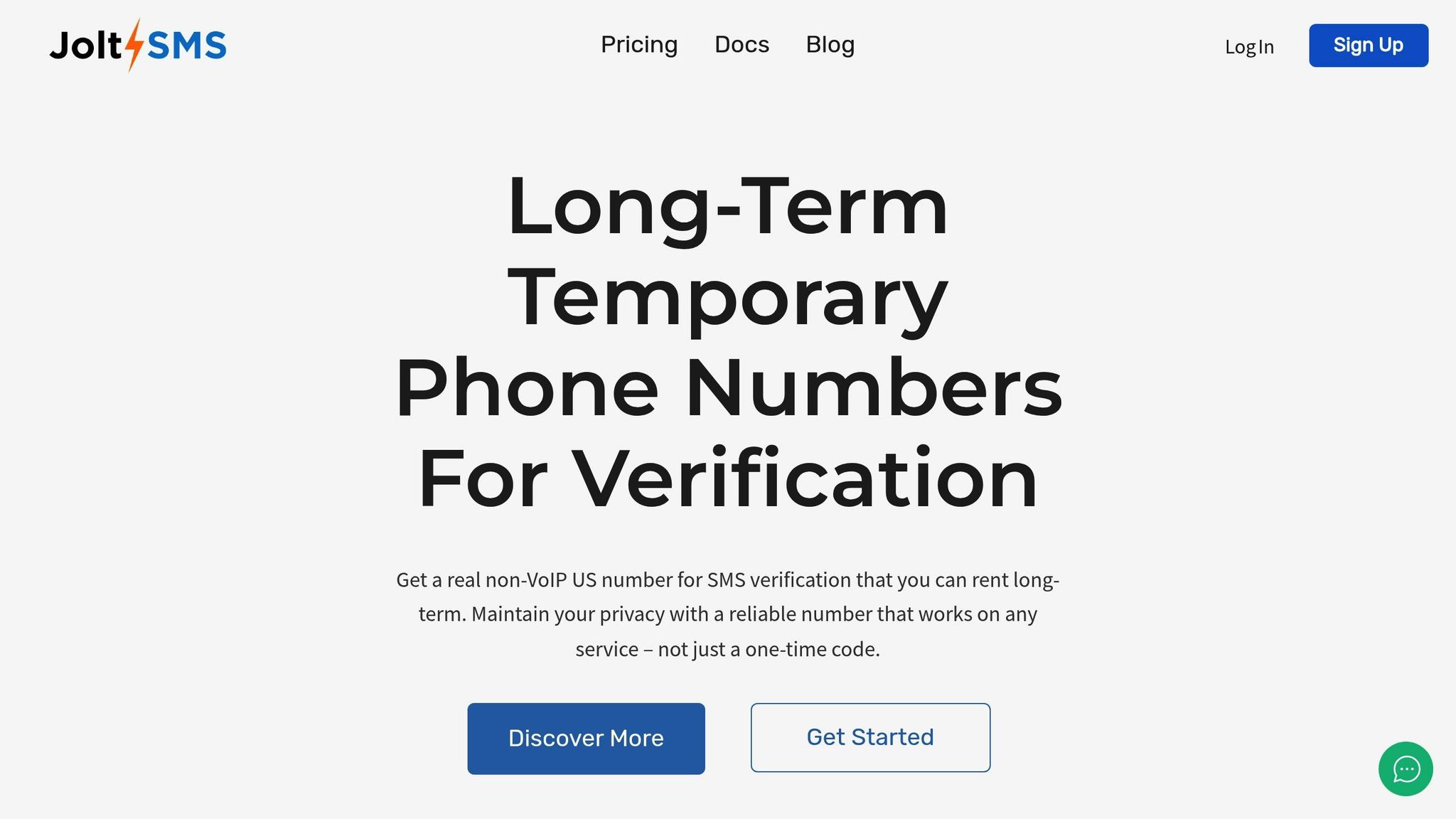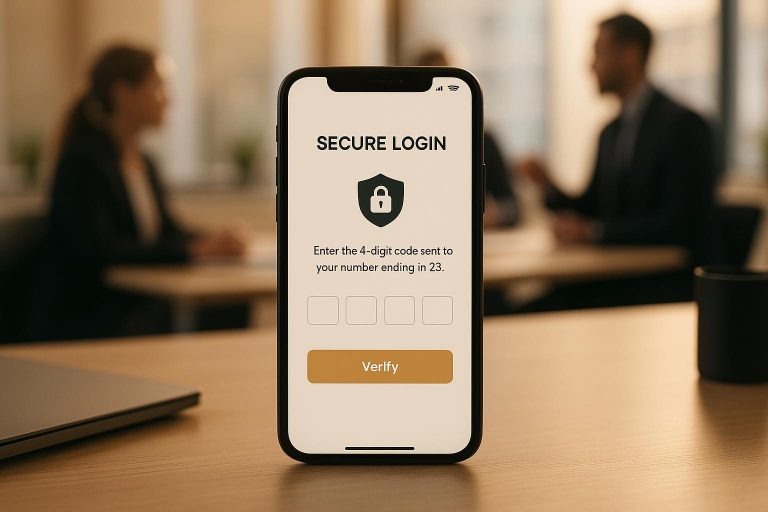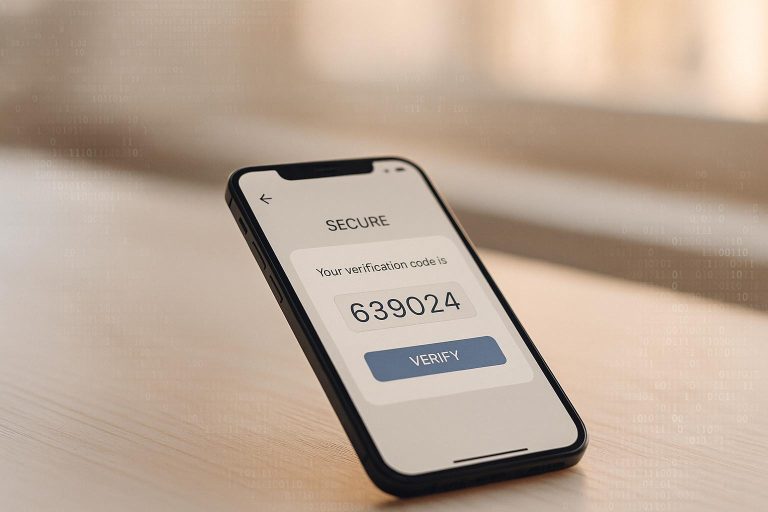Business Credit Card Applications: Why Banks Reject VoIP Numbers
Banks often reject business credit card applications if they detect a VoIP phone number, such as those from Google Voice or RingCentral. Why? VoIP numbers are considered high-risk because they lack the physical, traceable connections of traditional phone numbers tied to carriers like Verizon or AT&T. This creates issues with identity verification and regulatory compliance, such as Know Your Customer (KYC) and Anti-Money Laundering (AML) requirements.
If you’re using a VoIP number, banks may flag your application as unreliable, leading to rejections or delays. To avoid this, consider using real-SIM numbers, which are tied to physical SIM cards and meet verification standards. Services like JoltSMS offer these numbers for $50/month, ensuring smoother approval processes while still allowing you to use VoIP for everyday communication.
The takeaway? Use a real-SIM number for verification tasks like credit card applications while keeping VoIP for calls. This dual approach can help you navigate banking requirements without overhauling your communication system.
Why Banks Say No to VoIP Numbers
Banks are very careful when they come across VoIP numbers on business credit card forms. They worry about safety problems, identity check troubles, and rules they must follow. Let’s explain these worries.
Safety Issues with VoIP Numbers
VoIP numbers are easy to get with only a bit of checking. This means bad guys can grab lots of these numbers and change how their calls look. Unlike old-school phone numbers given by service firms, VoIP numbers aren’t seen as safe, which makes banks wary. Their unsure nature makes it tough for money places to trust them.
Trouble in Checking Who Someone Is
A big plus of old phone numbers is they link to real places and known user info. This link makes it easy to tell who someone is. VoIP numbers, though, don’t have this kind of trail. With no easy way to track, banks often can’t be sure about a person’s real identity, which may lead to turning down their forms.
Issues with Following Rules
Banks must stick to strict Know Your Customer (KYC) and Anti-Money Laundering (AML) rules, which need true and proven user info. VoIP numbers often don’t have the info needed to meet these rules. This brings up big problems, making banks often say no to forms with VoIP numbers. For banks, it’s about cutting risks and following the rules well.
SMS Check Issues with VoIP Numbers
When you try to use SMS checks, VoIP numbers often face problems. Many banks and high-security sites stop these numbers from working, so it’s hard to get check codes.
Sites That Stop VoIP Numbers
A lot of big sites – like bank apps, Stripe, Google, WhatsApp, Microsoft, and Hunter.IO – say no to VoIP numbers. They show errors like "Please use a real mobile number" or "This number can’t be used for checks." For instance, payment sites like Stripe stop VoIP numbers when making a new account to cut down fraud and keep up with rules. If you use VoIP services like Google Voice, RingCentral, or Grasshopper for your work, you might hit issues when you try to get bank accounts or credit cards.
Why Sites Block VoIP Numbers
The main trouble is about proving who you are. VoIP numbers often don’t have the strong link to carriers that is needed for industry rules. This makes them less good for sites that must follow strict know your customer (KYC) rules. Banks and payment sites need real SIM-based numbers to make sure things are real, as VoIP numbers are seen as less safe and tough to track[1][2].
Real-SIM Numbers: A Good Fix
When VoIP numbers get turned down in credit card forms, real-SIM numbers step up as a strong choice. These numbers work in a different way from VoIP services, solving the proof issues that often stop business owners from getting a yes.
How Real-SIM Numbers Work
Real-SIM numbers use physical SIM cards linked right to carrier lines, working just like the regular phone numbers we use. Not like VoIP numbers that live just in software, real-SIM numbers hold a real tie to big names like Verizon, AT&T, and T-Mobile.
This close tie to network lines builds a clear digital path that fits the tough ID rules set by banks. Plus, real-SIM numbers give quick and sure SMS arrival, dodging the mix-ups often seen with VoIP ways.
Places like JoltSMS offer real-SIM numbers made for business proof. These numbers link to top U.S. cell lines through SIM tech, working right with over 1,000 areas, including banks and credit card groups. This strong link lays the base for the key gains talked about below.
Benefits of Real-SIM Numbers
Setting on safe carrier lines, real-SIM numbers show up with many big pluses:
- High "yes" rate for checks: With a 99.9% success rate, real-SIM numbers hardly ever hit "wrong number" errors in credit card tries. Not like VoIP numbers, they fit the same marks as personal cell numbers, making them clear security checks with ease.
- Fits bank rules: Banks stick to tough Know Your Customer (KYC) and Anti-Money Laundering (AML) laws when saying yes to business credit cards. Real-SIM numbers give the carrier-backed proof needed to meet these laws, something VoIP numbers often miss.
- Stays working long-term: Not like numbers that are here today, gone tomorrow, real-SIM numbers stay on with no end. This is key for getting future security codes or account alerts with no breaks.
- Fast and steady SMS arrival: Quick and sure code delivery is key, more so for offers that don’t last long or when you need money fast. Real-SIM numbers cut out waits, making sure you get codes right when you need them.
For businesses, mixing real-SIM numbers with VoIP for calls can make a full fix. By picking real-SIM numbers, you can beat check hurdles and make getting credit card yeses easier, letting your business run smoother.
sbb-itb-070b8f8
Using JoltSMS for Business Checks

If your VoIP number has been turned down when you apply for a business credit card, JoltSMS might be what you need. This service gives you real-SIM numbers that banks accept, making things go more smoothly.
Why JoltSMS is Good for Business Checks
JoltSMS uses real SIM cards, not VoIP tech. This gives numbers that banks see as normal mobile lines.
The service works with over 1,000 services, like big banks, credit card firms, and money sites like Coinbase, Stripe, and AWS. With a 99.9% delivery rate, you can be sure that your check codes get to you when you need them.
A big plus with JoltSMS is its private numbers for you only. Unlike shared numbers, these are only yours when you rent them. This stops the common "number in use" errors you see with reused or shared numbers.
You can check messages right away through a clear dashboard and even set up webhook links to get codes straight in Slack or Discord. This lets your team get key check codes without having to share login details or wait for messages to be passed on.
For businesses adding checks to their current ways, JoltSMS has a REST API that fits well with many systems. Plus, their 24/7 people help is always there, which is key for things that need quick action.
Moving from VoIP to Real-SIM Numbers
Moving to real-SIM numbers is easy and can help a lot in your business check steps. Start by getting JoltSMS and picking a US number for you only. The service costs $50 a month with at least 30 days, a small cost for smoother credit card steps.
Once you have your JoltSMS number, refresh your business info on sites where you want to ask for credit. This means banking sites, money software, and money service accounts. It’s smart to do this a few days before you send new forms to make sure the changes are in the systems.
For forms you’re still filling, use your JoltSMS number instead of your old VoIP one. Keep your old VoIP number working while you switch, as some sites might be slow to update. This also makes sure you don’t miss any key calls as the change ends.
Using VoIP Services with JoltSMS
While JoltSMS fixes check problems, you don’t have to stop using your VoIP system. Keep using tools like RingCentral, Grasshopper, or Google Voice for calls and team talks – they’re good for everyday tasks. Use JoltSMS just for SMS checks, where being sure is key.
For credit card forms, you might list your VoIP number as your main one if needed, but always use your JoltSMS number for getting check codes. This plan lets you keep your current call system while dealing with VoIP limits for key tasks.
JoltSMS gives you unlimited inbound SMS, so you can deal with many checks without stress over limits. When you’re out to get a few credit cards or making many accounts, your own real-SIM number can take care of it all well.
With this two-way service, it might cost more than if you just use VoIP, but the chance to end credit card forms and get key money services makes it a good bet for growing firms.
Conclusion: Getting Approved for Business Credit Cards
When it comes to getting approved for business credit cards, credibility is key. One of the first things banks check is your business phone number to confirm your legitimacy.
Using VoIP services like Google Voice, RingCentral, or Grasshopper might seem convenient, but they can actually hurt your chances. Many VoIP numbers don’t meet the strict standards banks use for verification. Even relying on a personal cell phone as your primary business contact can raise red flags and mark your application as high-risk.
On the other hand, real-SIM numbers, backed by traditional carrier networks, meet these verification standards and can make a big difference in the outcome of your application. The cost? About $50 a month with a service like JoltSMS. That’s a small price to pay when just one approved credit card can expand your financing options and help build your business credit profile – giving you access to better opportunities as your business grows.
You don’t have to ditch your VoIP service entirely. Keep it for everyday calls, but use a dedicated real-SIM number for verification purposes. This way, you get affordable communication while ensuring your business phone number meets banking requirements.
At the end of the day, your business phone number plays a critical role in your credit application process. Make sure it works in your favor.
FAQs
Why don’t banks accept VoIP numbers for business credit card applications?
Banks often decline VoIP numbers for business credit card applications because they view them as a higher risk. These numbers are more susceptible to fraud, spoofing, and other security issues, which complicates verifying an applicant’s identity. Unlike traditional SIM-based numbers, VoIP numbers aren’t linked to a physical address, reducing traceability and increasing the chances of misuse.
On top of that, many banks avoid sending verification codes to VoIP numbers. These numbers are frequently blocked by financial and regulatory systems, making them unreliable for meeting the strict security and compliance requirements of the application process.
Why do banks prefer real-SIM numbers for business credit card applications?
Banks often decline applications tied to VoIP or virtual phone numbers when businesses apply for credit cards. The main reason? Concerns about security, fraud, and identity verification. Unlike traditional mobile numbers, VoIP numbers lack the physical connection and traceability that banks rely on, making them more prone to scrutiny.
Switching to a real-SIM number can significantly boost your chances of getting approved. These numbers are tied to actual mobile networks, making them easier for banks to verify through caller ID and database checks. For businesses, this small change can simplify the application process and help avoid unnecessary delays or rejections.
How can a business switch from a VoIP number to a real-SIM number for verification purposes?
To switch from a VoIP number to a physical SIM number for verification, you’ll need to transfer your VoIP number to a mobile carrier that allows number porting. After the transfer is complete, request a physical SIM card for that number and activate it on a compatible device. This process ensures your number is treated as a physical SIM, making it widely accepted for verification by services like banks, payment platforms, and other online accounts.
This change helps businesses sidestep the common problem of VoIP numbers being blocked for SMS verification, offering a dependable way to manage account setup and authentication smoothly.







